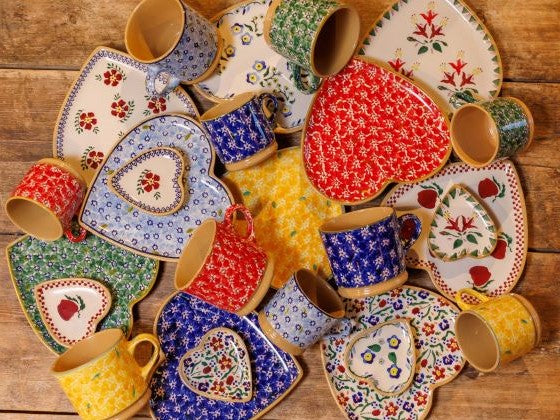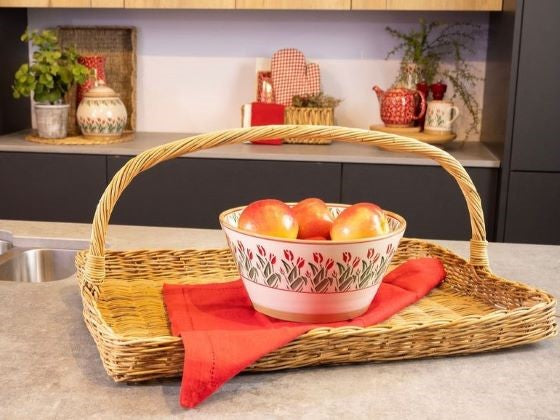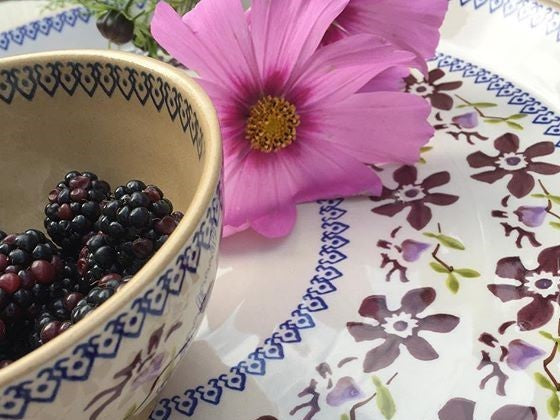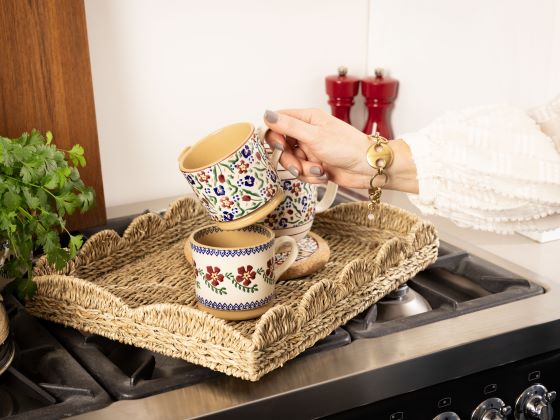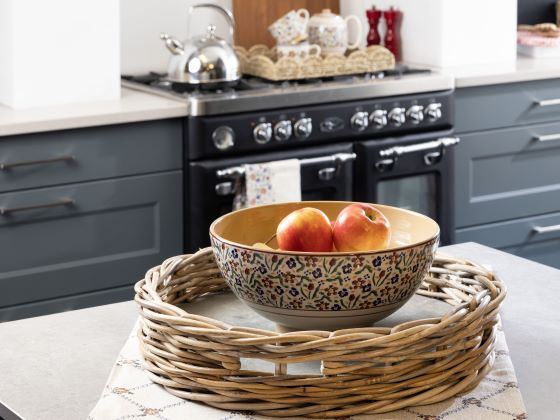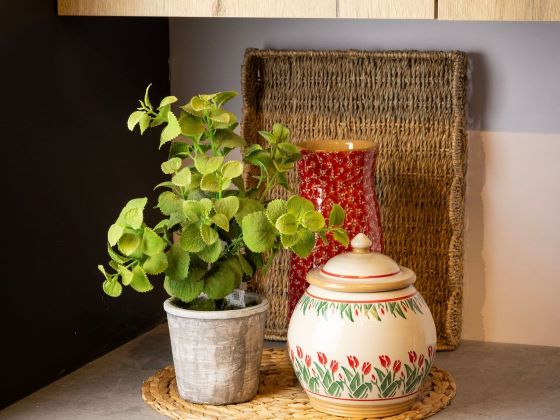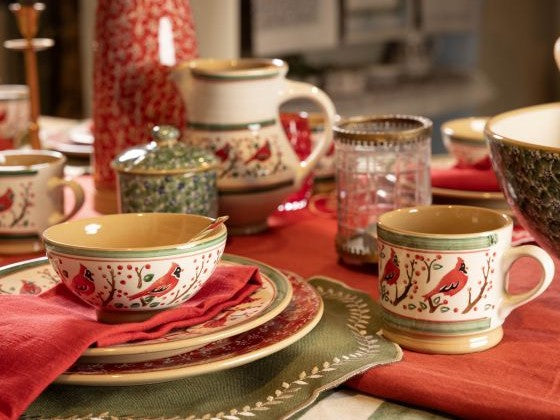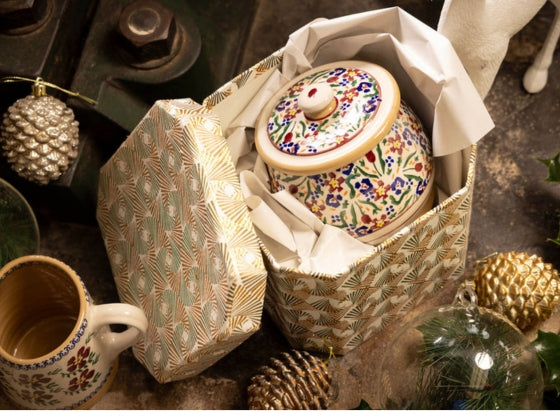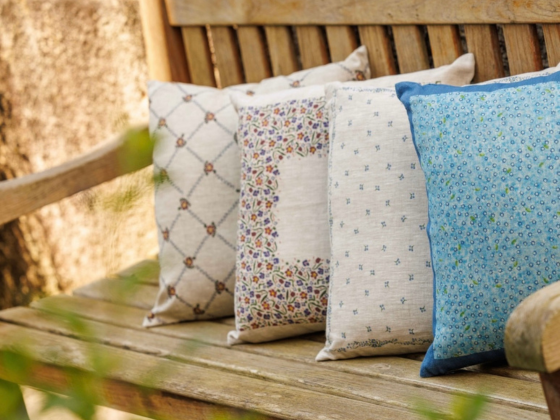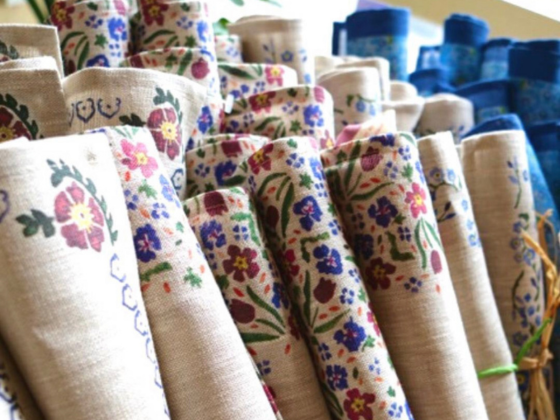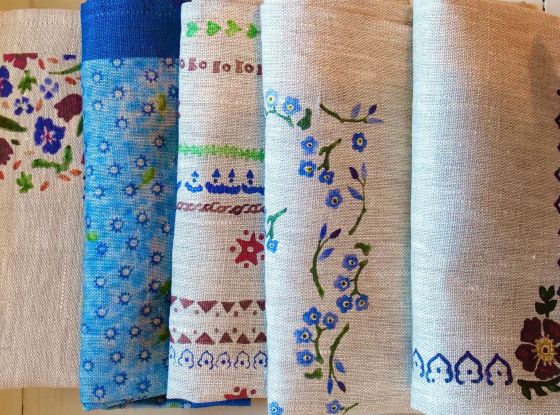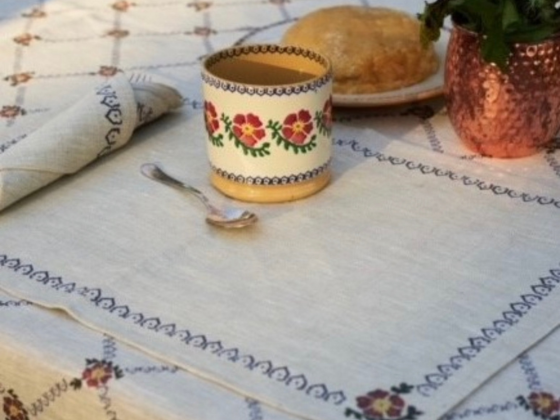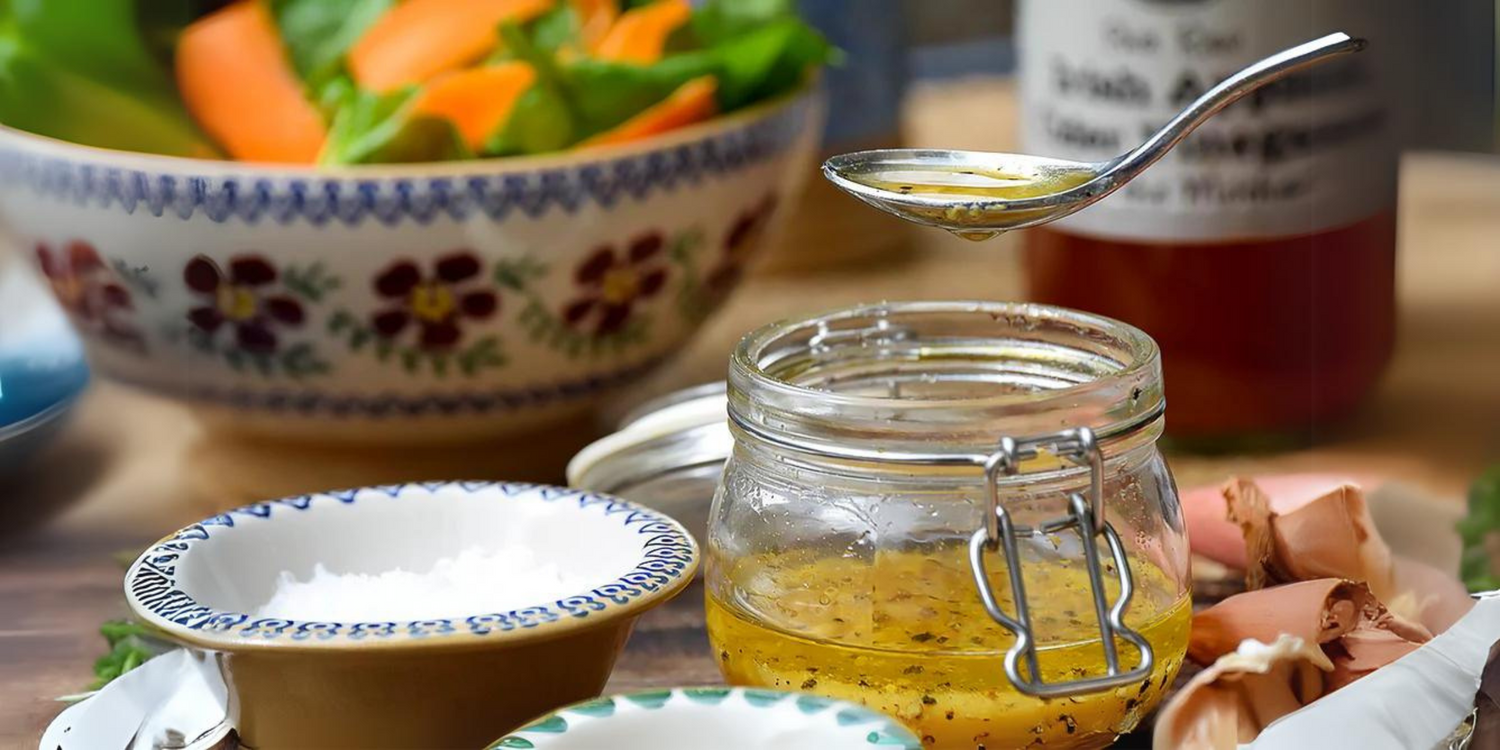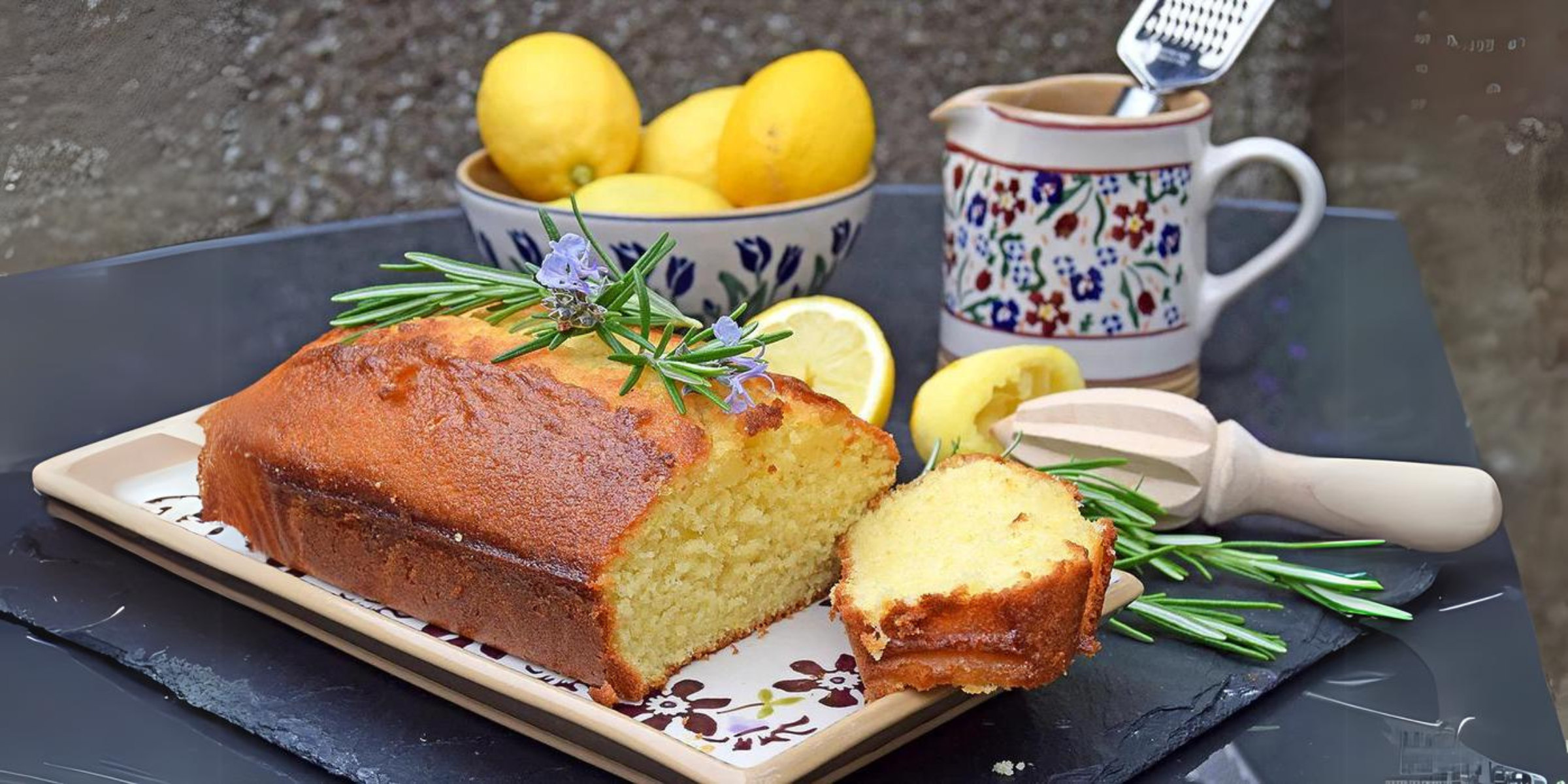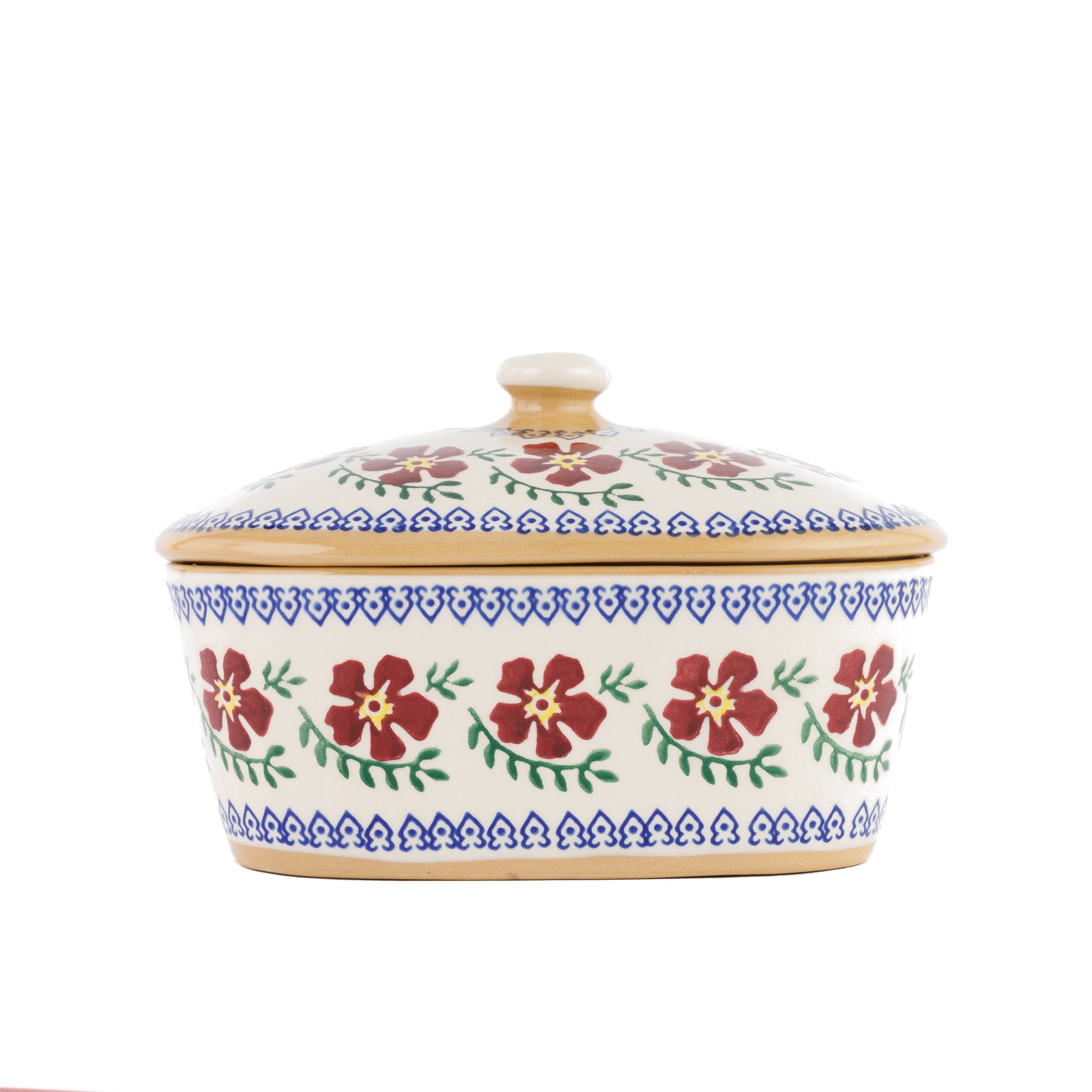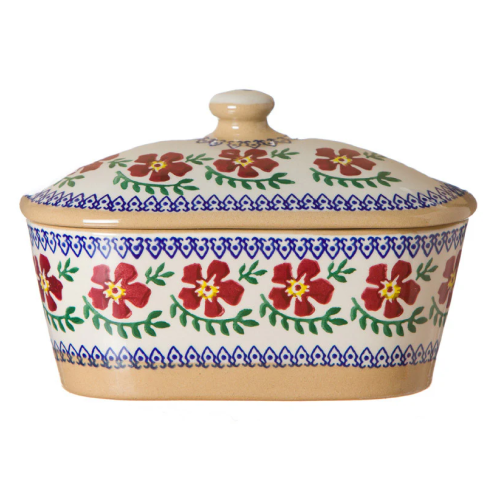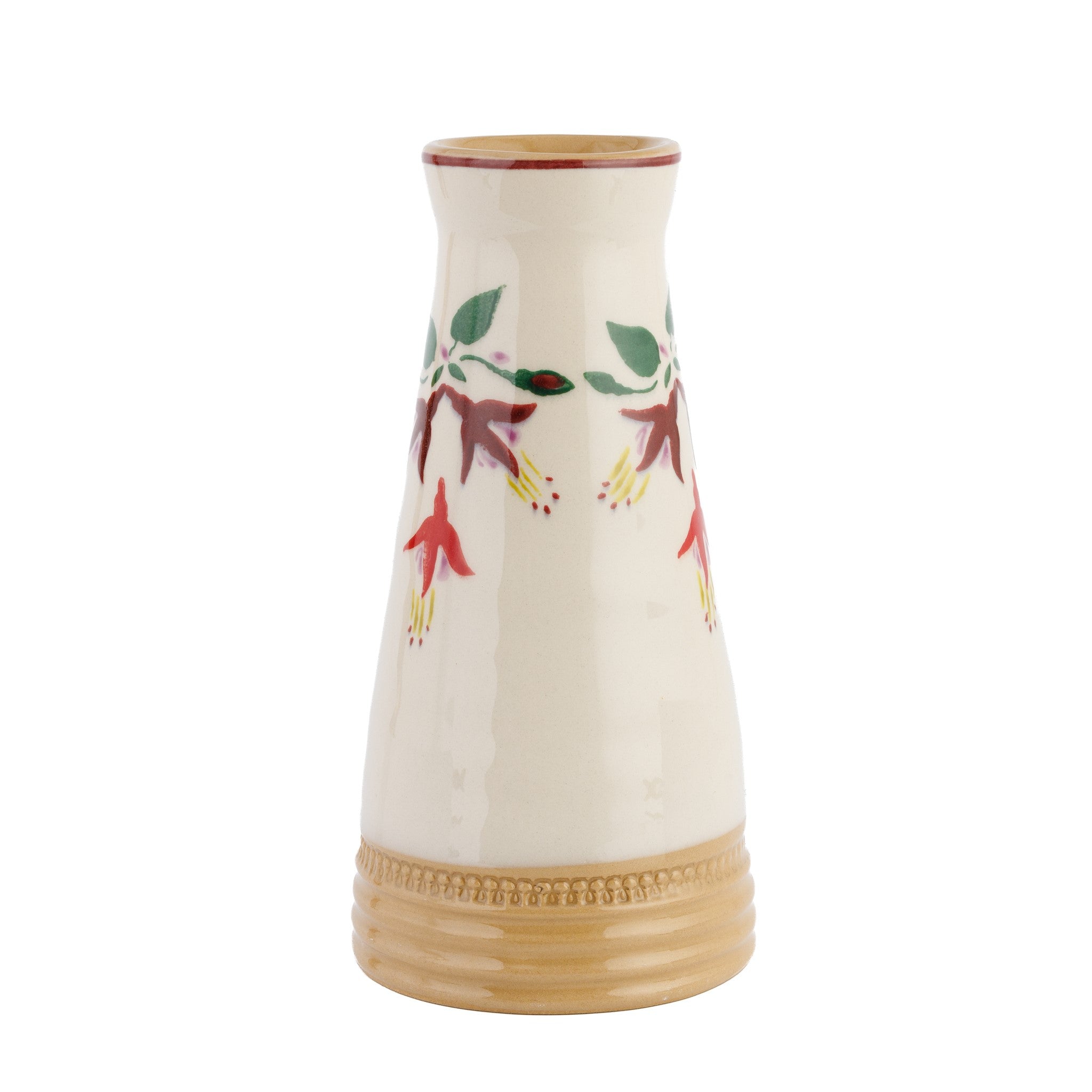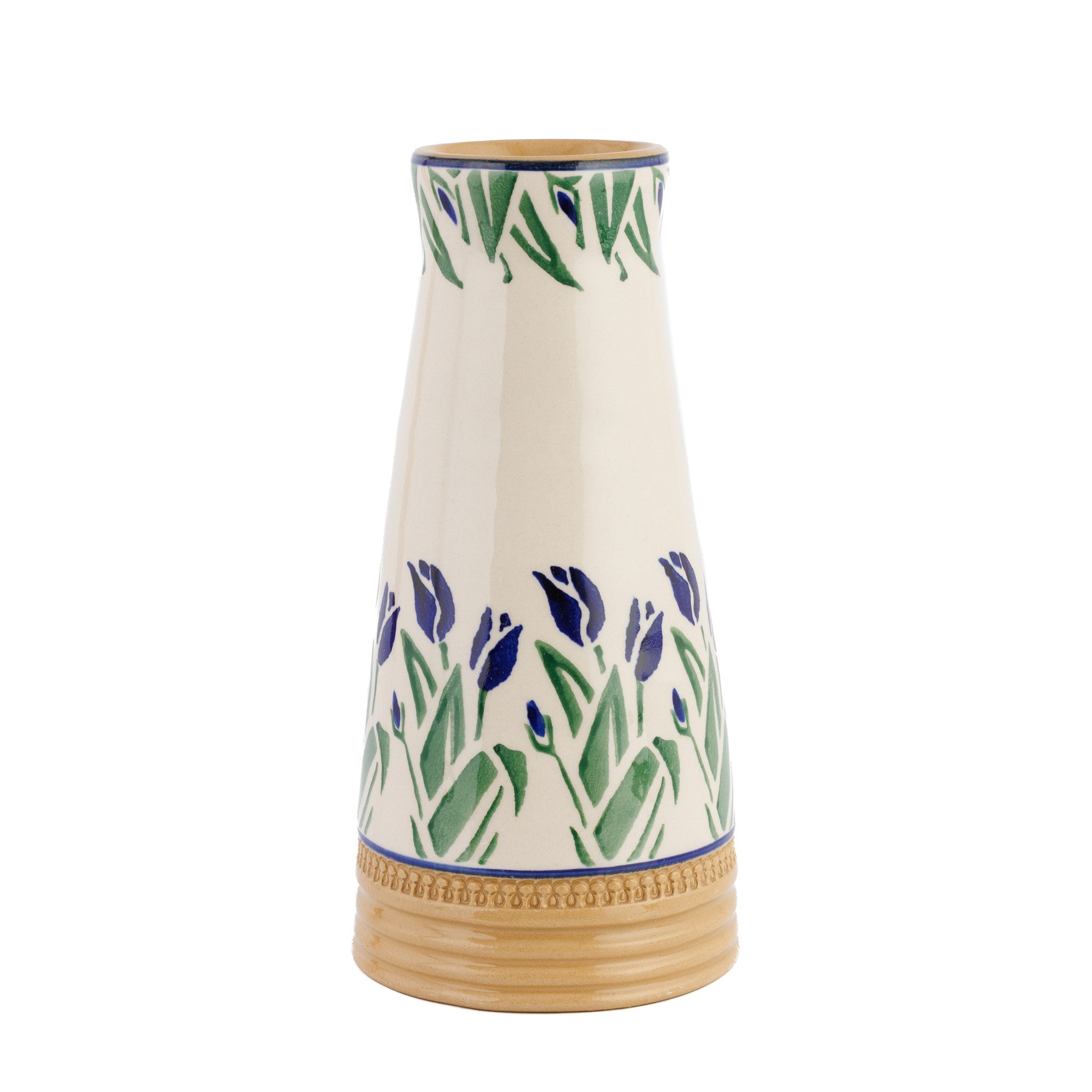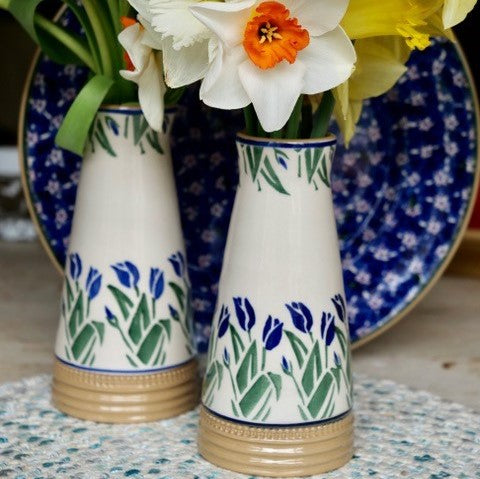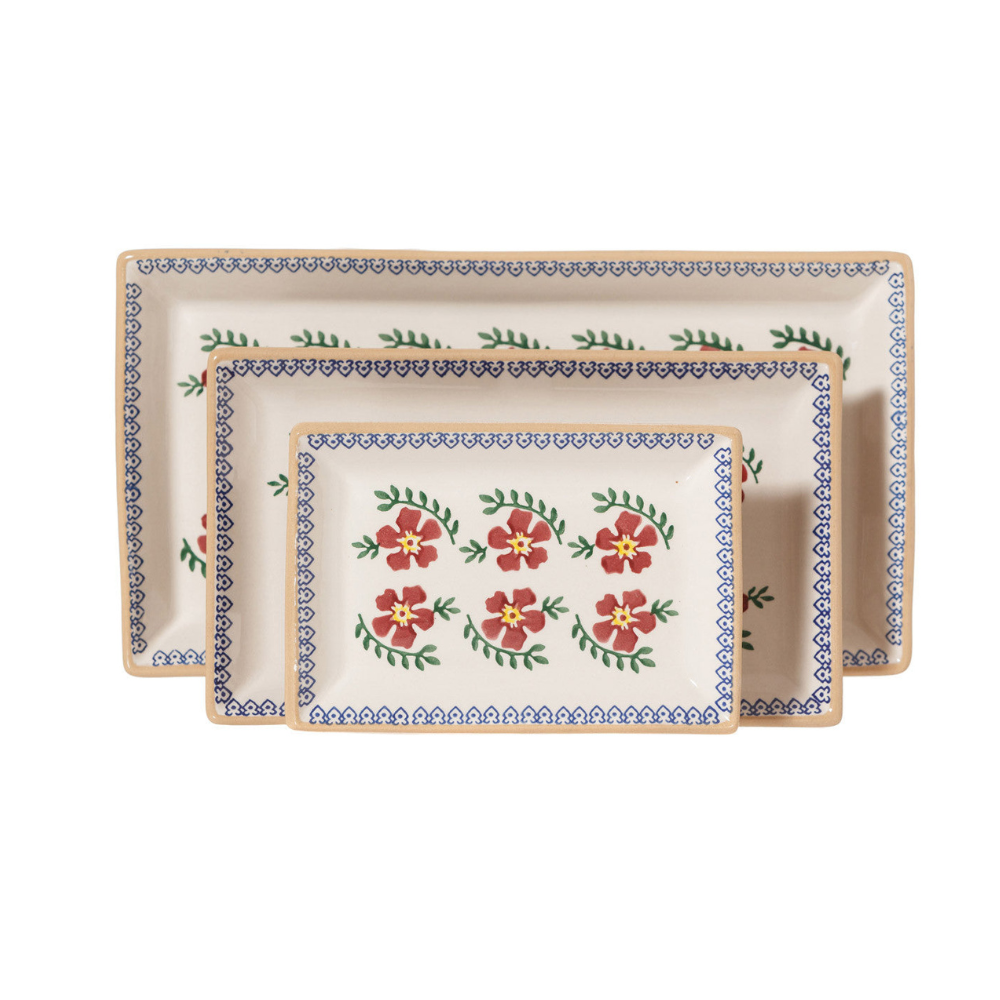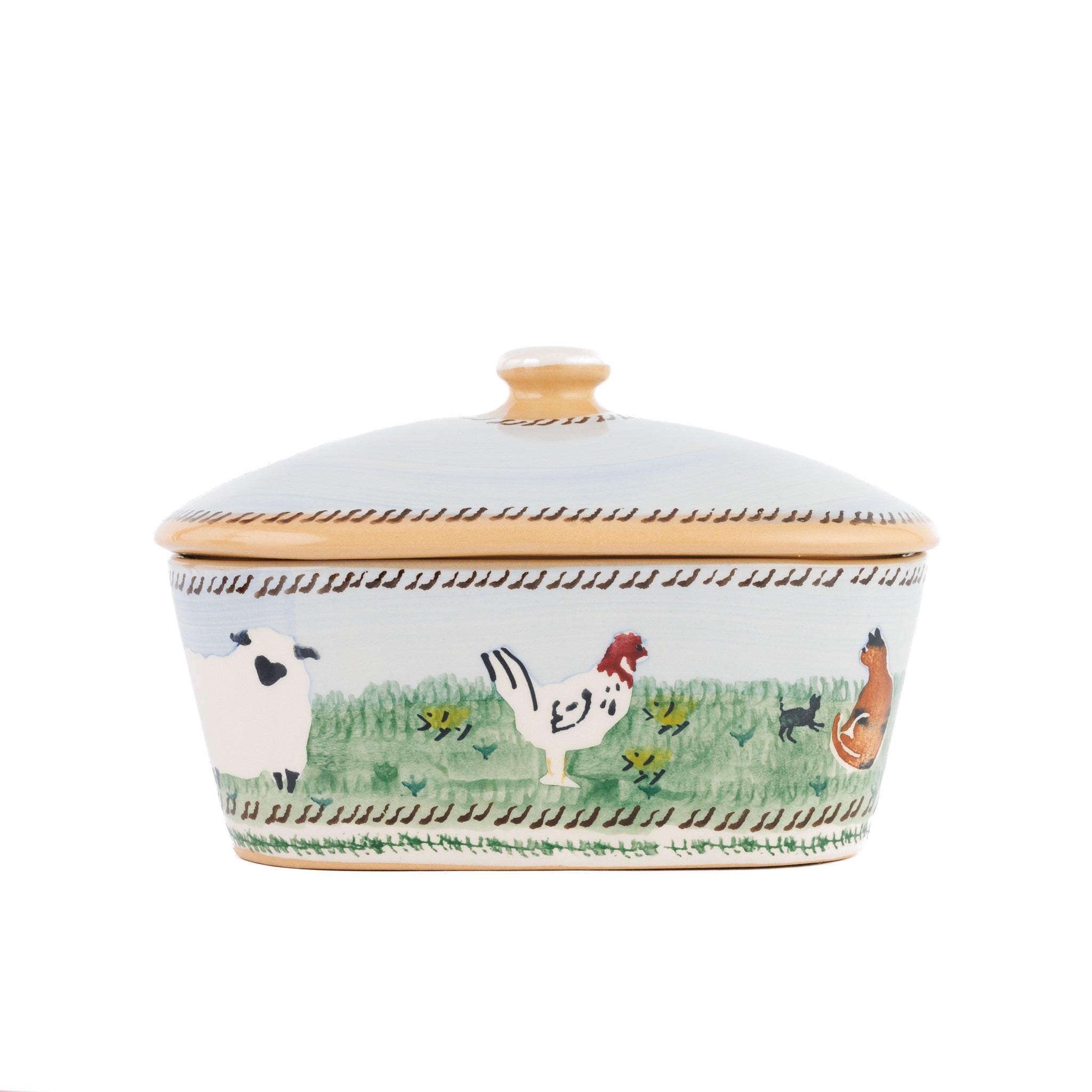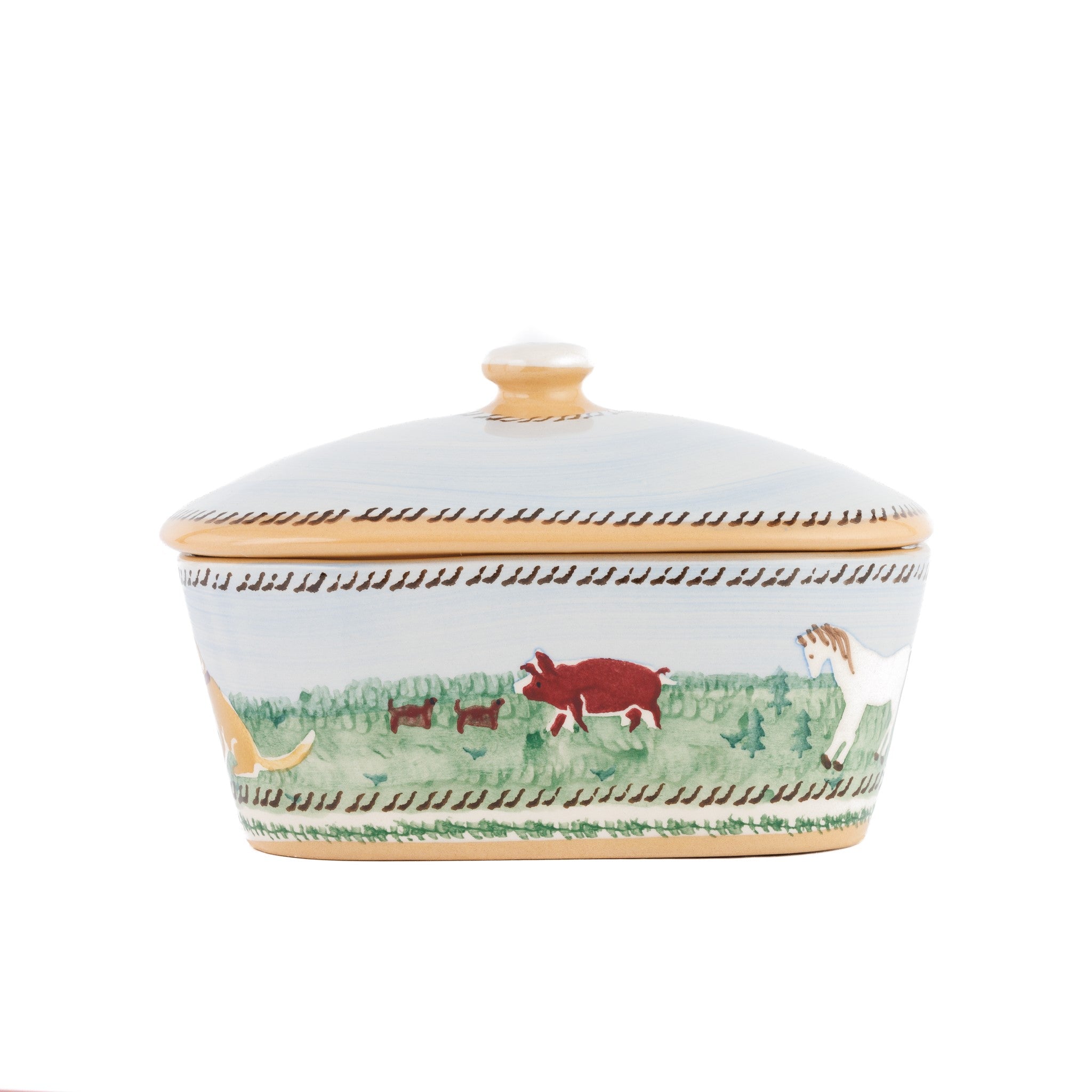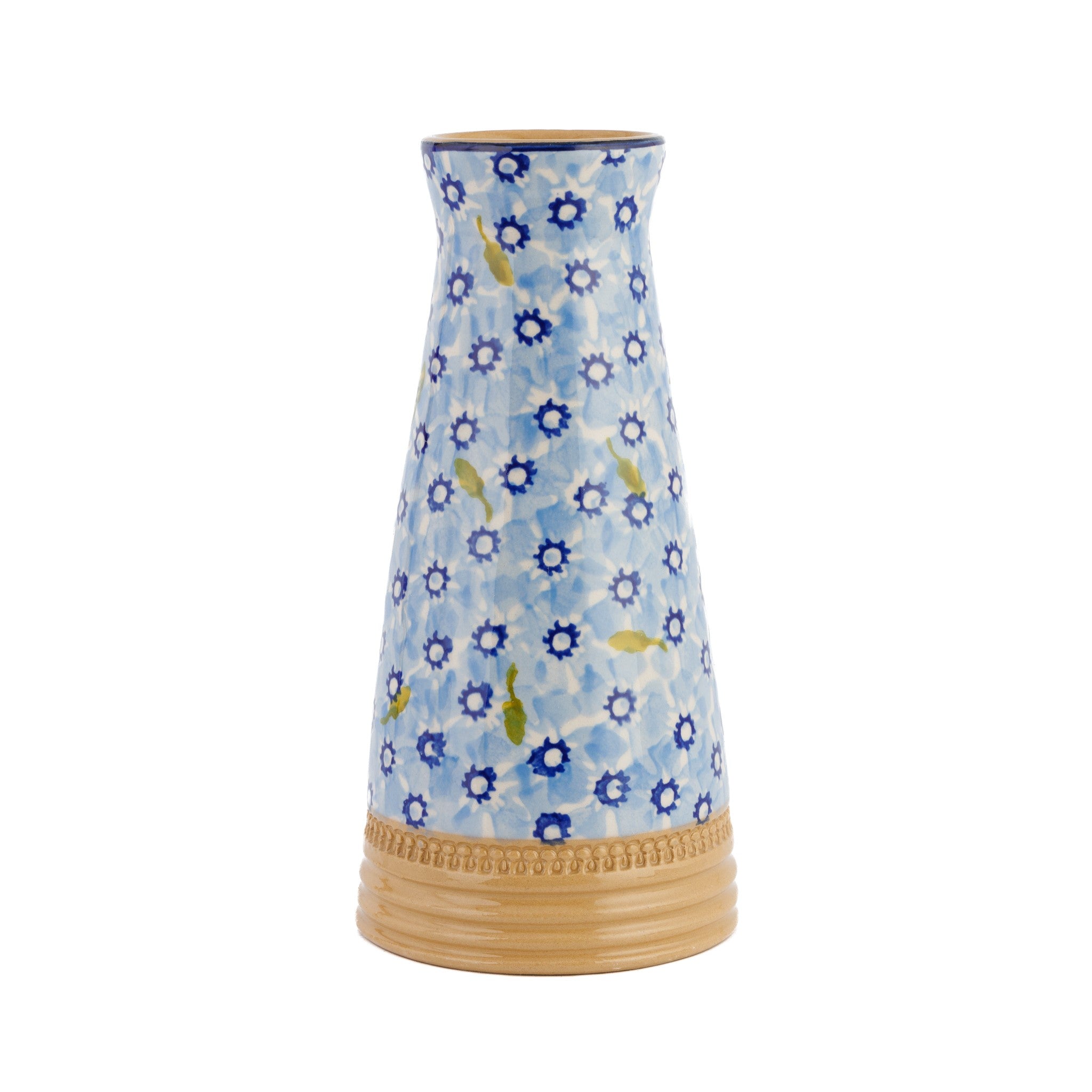Every year there’s a certain point when a change in the weather acts as the catalyst for a shift in my cooking. Using pretty much the same ingredients I move from warming roasts and bakes to fresh, mostly raw salads. With the help of interesting dressings, sprinkles, herbs and a few extras to help zhuzh things up, my taste buds are always very happy through the summer.
Roasting to raw
Many of the veg that I’ve cooked through the winter are fantastic uncooked, either grated or finely chopped into salad, with the bonus of the greater health benefits that raw, and in some cases fermented, food brings. Goodbye baked beetroot, carrot and celeriac, hello coleslaw and remoulade; adieu stewed green and red cabbage, greetings sauerkraut, toodle-pip potatoes roasted with onions and fennel and welcome new potato salad with finely sliced fennel and spring onions - this is also particularly good the tahini dressing below. Fling very-in-season asparagus (finely sliced), broccoli (cut down to the smallest of florets) and radish (kept chunky) into the salad bowl, it can all go in. Fruit is an excellent salad ingredient. Sliced apple brings crunch and sharpness, while raisins, apricots, melon and grapes are a sweet and juicy balance to the fresh greenness of leaves and vegetables.
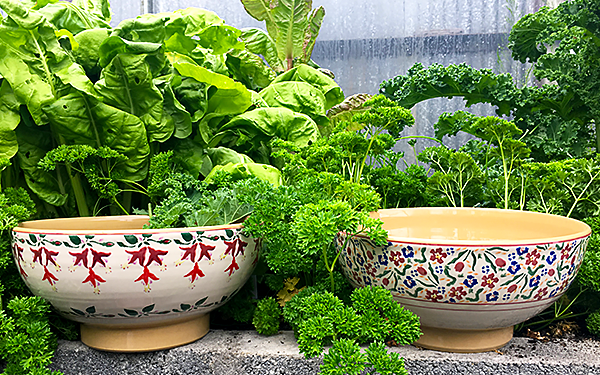
Our Salad Bowls are designed to be both beautiful and durable. Fill them with leafy greens and enhance with seed sprinkles, herbs and a delicious homemade dressing (recipes below).
Herbs, herbs, herbs!
Salads will sing with flavour with handfuls of freshly chopped herbs. Mint, chives, basil, and flat-leaf or curly parsley are easy to grow in whatever space you have, so they are always to hand. Whatever the ratio of herbs to salad it’s impossible to have too many herbs!
Dressings

A good dressing is a balancing act between acidity and oil. We find our Chef Set to be very handy in measuring out ingredients.
While a drizzle of olive oil and vinegar is all you really need if you’re going minimalist, more complex dressings that hold together the whole dish and make the simplest of salads more sumptuous and fulfilling. Test out different types of mustard and vinegar to see which ones you prefer the flavour of. The recipe below uses organic apple cider vinegar with the mother for full fermented goodness, but there are so many vinegars to choose from (possibly even an elderflower infused one inspired by our last blog). I often keep a salad dressing going for a few weeks, just topping it up as and when with a bit more oil and vinegar, an extra teaspoon of Dijon mustard, or some garlic, lemon juice or a dash of sesame oil. It definitely doesn’t end up tasting quite as it did originally, but, evolves beautifully over time. See how long you can make your dressing last!
Sprinkles
Toasted seeds and nuts are a simple and effective salad garnish. They’re super nutritious and will bring a pleasingly crunchy contrast to the rest of the softer elements of the salad. Watch out though, they’re dangerously moreish if left unattended in a ramekin on the side. I like to mix pumpkin, sunflower seeds and pine nuts, lightly roasted in a small pan to bring out the flavour. Roasted and chopped walnuts, hazelnuts or cashews also work a treat.
It’s not all about raw at this time of year. There’s nothing to stop you grilling or roasting vegetables and adding them, olive oil-laced and herby, to a base of traditional salad leaves or couscous. This can produce very delicious taste and texture combinations – especially if you mix in a generous sprinkling of dukkah or za’atar. These herb and spice mixes used in middle eastern cooking are toasty and aromatic and, depending on how finely they’re blended, can also add an enjoyable crunch. It’s easy enough to make a batch at home and it keeps well in an empty jam jar for use over several meals, sprinkling through salads and over hummus.
This is all sounding so good I might find myself still eating salad through next winter.
Susan Mosse
Dressing recipes
Here are two salad dressing recipes that will go well with any salad. If you mix the dressing in an empty honey jar, not only will the dressing be imbued with the sweetness of the last remnants of honey but mixing it all together with the lid on is easy-peasy.

Tahini dressing
With those middle eastern dukkah and za’rtar sprinkles in mind, here is a tahini-based dressing recipe to try out on leafy or couscous-based concoctions or with boiled and cooled potatoes.
- ¼ cup tahini
- 3 tbsp water – you might need more
- 2 tbsp lemon juice – freshly squeezed
- 2 tbsp extra virgin olive oil
- 1 tbsp maple syrup – use half if mixing in a nearly-empty honey jar
- 1 tsp toasted sesame oil
- 1 small clove of garlic, crushed
- ¼ tsp sea salt
Dependable vinaigrette
- ½ clove of garlic very finely chopped
- 1 shallot finely sliced and diced
- 1tsp Dijon mustard
- 2 tbsp apple cider vinegar (with the mother)
- 6 tbsp extra virgin olive oil
- Juice of ½ a lemon (optional)
- ½ tsp honey
- Pinch of sea salt
- Freshly ground black pepper

